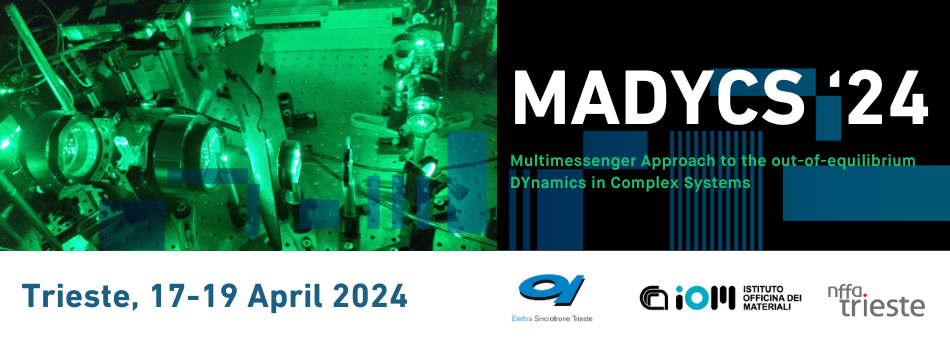Speaker
Description
Comprehension of anisotropic materials is crucial for developing polarization-sensitive photodetectors and polarizers [1]. Binary II-V semiconductors are among the most promising candidates to reach this goal, exhibiting anisotropic optical and electronic responses [2]. As a part of this family, ZnAs2 has an energy absorption edge that varies by more than 30 meV when light polarization is varied from parallel to orthogonal to the crystallographic c-axis. As a result of the optical anisotropy, reflectivity is 1.5 times larger when the electric field is parallel to the c-axis, both in the region of transparency [1.2 mm - 20 mm] and at energies larger than the optical gap (around 1.1 eV in the near IR close to the visible part of the spectrum) [2], [3], [4].
Despite this, what gives rise to these properties in these materials is still an open question. To address this inquiry, we have performed a detailed investigation of the band structure of this material using angle-resolved photoemission spectroscopy (ARPES), which unveils different effective masses along ΓX and ΓY directions in the Brillouin zone. Furthermore, we have carried out time-resolved ARPES, that reveals a unique splitting in the transiently populated conduction band that is not reproduced by ab initio calculations. The goal of our activity is to clarify the origin of this behavior in the conduction band which may pave the way to the use of ZnAs2, and II-V semiconductors, in optoelectronic devices leveraging their large anisotropic properties, and the long-lasting charge populations left by light absorption in the visible spectrum.

